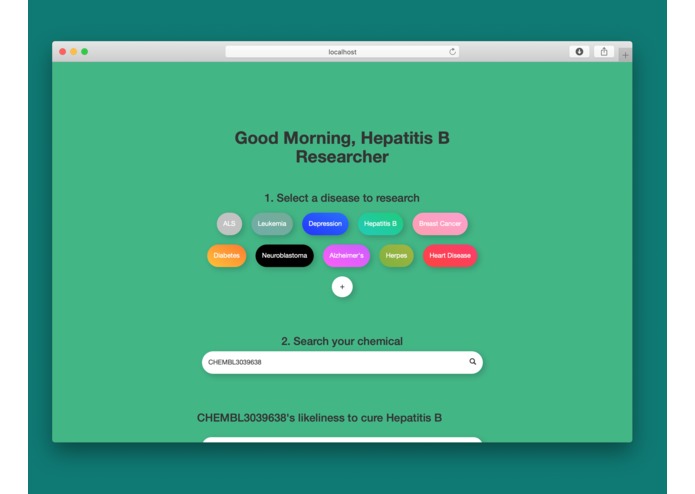
About Me
As an aspiring AI developer, I'm passionate about using machine learning tools to innovate the world at large. This past co-op term, I interned at Nuralogix, where I developed machine learning models to predict blood pressure from features derived via transdermal optical imaging (TOI). Prior to that, I worked at Environment and Climate Change Canada (ECCC), where I used deep learning to predict precipitation type from time series data. I also worked at PerkinElmer Inc, where I helped develop an AI solution for drug discovery. In the summer of 2018, I interned with Sunnybrook's Focused Ultrasound group to help develop treatments for cancer and dementia patients. The following year, I became a summer student at the Schulich Heart Centre, where I co-authored a paper on using MRI to diagnosing heart arrhythmias.
Contact Details
John Quinto
University of Waterloo
Waterloo Ontario,
289-654-4930
jquinto64@gmail.com
Education
University of Waterloo
Candidate for BASc in Biomedical Engineering •Class of 2023
Relevant Courses: Data Structures and Algorithms; Digital Computation; Statistics and Experimental Design; Linear Signals and Systems; Digital Systems; Biomedical Engineering Design; Prototyping, Simulation and Design; Circuits, Instrumentation, and Measurements; Human Factors in Biomedical Design
Work
Nuralogix
Data Science Software Developer• May 2021 - Present
At Nuralogix, I trained a transformer-based neural network to predict blood pressure from facial biomarkers, which achieved 5% lower root-mean squared error (RMSE) than previous regression models. I also implemented a feature selection method that cut computation times from 6 hours to 10 minutes, while reducing the error of an XGBoost ensemble by 6%. Moreover, I developed a CNN-based facial recognition and face clustering pipeline that identified unique participants in the training and testing datasets with an accuracy of 99.8%. Lastly, I used the unique participants from the face clustering pipeline to design a bias correction procedure that decreased model RMSE by an average of 18% per participant. Technologies used: PyTorch, XGBoost, CuPy, InsightFace, ONNX, NetworkX, OpenCV, Pandas, Numpy, Scipy
Environment Canada and Climate Change (ECCC)
Junior Data Scientist• Sept - Dec 2020
At ECCC, I co-authored a paper detailing the use of machine learning to predict precipitation type, which will be presented at the 2021 General Assembly of the European Geosciences Union (vEGU21). I designed GRU and LSTM models to infer precipitation type from time series atmospheric data, improving classification accuracy from 66% to 91%. I also built a regression model to predict snowfall from time series temperature data, which was applied to 7620 stations across North America. All of this involved writing data cleaning and data visualization scripts for 4 meteorological datasets, each comprising over 1 million data points. Technologies Used: SciKit-Learn, Keras, SciPy, Pandas
PerkinElmer Inc.
Machine Learning Engineer• Jan - April 2020
I worked with a team of 5 to construct a pipeline for identifying the most informative features in high content screening data, with the goal of classifying 4 compounds crucial to drug discovery. I then implemented a deep learning architecture that reduced the number of features from 5000 to 150, while improving model accuracy from 91% to 96%. Lastly, I used model interpretability algorithms to identify biological relationships between features. Technologies Used: SciKit-Learn, Keras, PyTorch, SHAP, Captum
Sunnybrook Research Institute
Medical Biophysics Summer Student• May - August 2019
I co-authored a paper discussing MRI heart models, which was presented to the Society of Cardiac Magnetic Resonance. As part of my project, I developed a GUI that reduced modelling times for finite element heart meshes from 4 hours to 5 minutes. I also used fuzzy C-means clustering to segment scar tissue, with the goal of non-invasively diagnosing heart arrhythmias. Technologies Used: MATLAB, ITK Snap
Skills
I'm experienced in Python programming, particularly with the following frameworks:
Client Testimonials
Get In Touch.
Thank you for your time, and I look forward to working with you on future projects.


